$34.72 Original price was: $34.72.$24.30Current price is: $24.30.
SKU: D2LSC 522606036 Categories: 6-12 Inch Height Groundcovers, GROUNDCOVER PLANTS
- Quality that lasts, prices that don't.
- Experience the difference quality makes.
- Satisfaction Guaranteed
- 100% High Quality Guarantee

Streib’s Findling Cotoneaster
Cotoneastern dammeri ‘Streib’s Findling’ a/k/a Cotoneastern procumbens ‘Streib’s Findling’
Plant Details
USDA Plant Hardiness Zones: 5a-8b Find Your Zone
Plant Type: Evergreen Groundcover
Height at Maturity: 6-10″
Width at Maturity: 6’+
Spacing: 2-4′ for mass plantings; 10′ or more for space between plants
Spacing: 2-4′ for mass plantings; 10′ or more for space between plants
Growth Habit / Form: Dense Spreading Mound
Growth Rate: Slow to Moderate
Flower Color: White
Flower Size: Small, .5″
Flowering Period: Spring
Flower Type: Single, star-shaped
Fragrant Flowers: No
Foliage Color: Blue-Green
Fragrant Foliage: No
Berries: Yes, a profusion of bright red berries in fall persisting into winter
Berry Color: Bright Red
Sun Needs: Full Sun or Mostly Sun, Morning Sun with Light Afternoon Shade, Morning Shade with Evening Sun
Water Needs: Average, Low when established
Soil Type: Clay (amend heavy clay soil to ensure good drainage), Loam, Sandy, Silty
Soil Moisture / Drainage: Moist But Well Drained; tolerates dry periods when established
Soil pH: 6.0 – 7.0 (Acid to Slightly Acid)
Maintenance / Care: Low
Attracts: Birds, Beneficial Po0llinators, Visual Attention
Resistances: Deer, Drought (when established)
Description
A versatile evergreen ornamental plant ideal for use as a highly-attractive carpet-forming groundcover, and a splendid candidate for weeping a topiary tree or bonsai, the ‘Streib’s Findling’ Contoneaster provides 4-season appeal in the landscape. Perhaps its number one attribute is the profusion of bright red berries it produces in fall that follow an equal profusion of small, star-shaped white flowers in spring. Its tiny blue-green leaves provide fine texture in the landscape and are evergreen to semi-evergreen depending on climate. When used in design as a groundcover or cascading plant to spill over walls, it has a low spreading habit 4 to 10 inches high, spreading slowly over time to 6 feet or more. As mentioned, it can also be grown as a tree-form weeping topiary by training a stem(s) to grow upwards on a 3 to 6 foot tall stake and is a fine candidate for bonsai and miniature gardens. Excellent for underplanting small trees such as Japanese Maples and Crape Myrtle.
Landscape & Garden Uses
Growing 4 to 10 inches tall and spreading 6 feet or more in width, Streib’s Findling Cotoneaster is ideal for use as a groundcover plant on embankments or along landscape borders or in home foundation plantings. It will cascade over walls and boulders and is a great choice to underplant small trees such as Japanese Maple and Crape Myrtle. Its central leader or stems can be trained to grow up a stake to create an exquisite, cascading topiary. Can be grown long-term in pots, planters and other containers and trained to grow as a miniature bonsai tree. A fine addition to minature gardens, Asian theme gardens, rock gardens, and wildlife gardens.
Suggested Spacing: 3 to 4 feet apart for mass plantings; 10 feet or more apart for space between plants
How To Measure Total Square Feet Of A Planting Area
How Many Plants Needed To Cover A Planting Area?
Growing Preferences
Streib’s Findling Cotoneaster is easy to grow in most any moist but well-drained soil of average fertility and full sun to part shade. We suggest at least 4 hours of sunlight for best flowering and berry production. Established plants have high drought tolerance. As with so many other ornamental plants, constantly soggy or wet soil can be problematic.
Helpful Articles
*Click on the Planting & Care Advice tab on this page to find helpful instructions from our experts.
Determining How Many Plants To Fill A Planting Area
Plant Long & Prosper!
Meet The Wilson Brothers & Staff
Questions? Contact Us
Be the first to review “Streib’s Findling Cotoneaster – 1 Gallon Pot” Cancel reply
Related products
Sale!
GROUNDCOVER PLANTS
Sale!
GROUNDCOVER PLANTS
Sale!
GROUNDCOVER PLANTS
Sale!
12 Inch Or Taller Groundcovers
Sale!
GROUNDCOVER PLANTS
Sale!
Sale!
GROUNDCOVER PLANTS
Sale!
GROUNDCOVER PLANTS

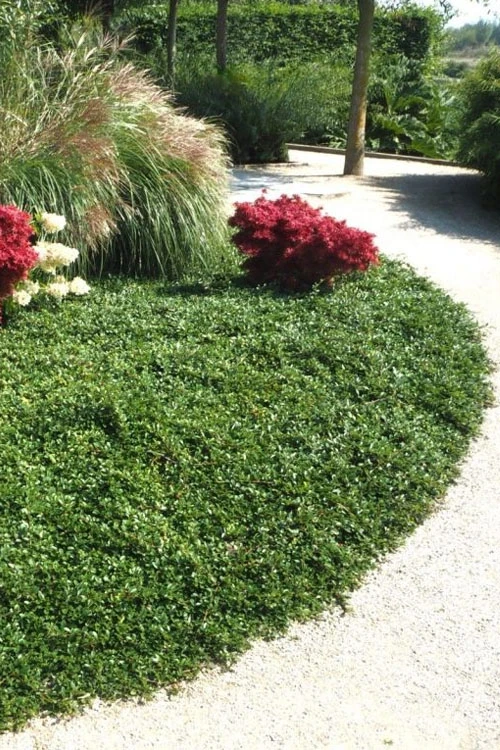
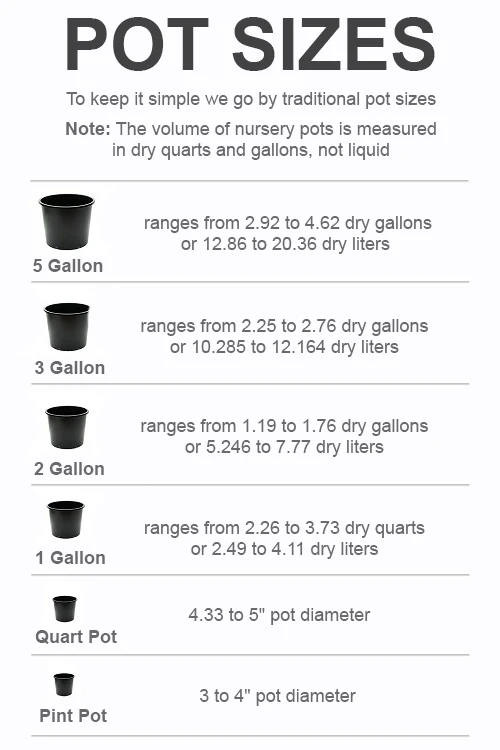




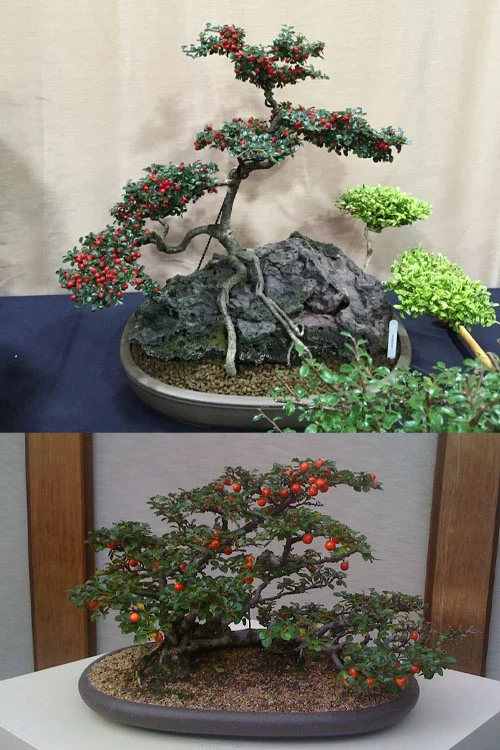

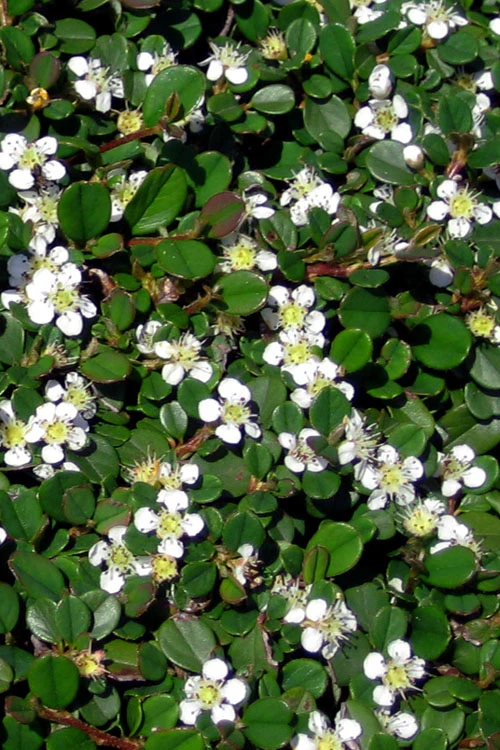
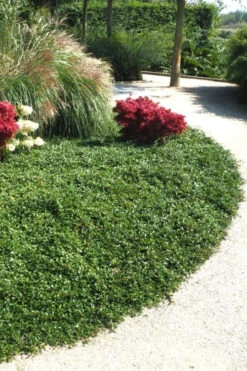

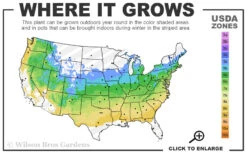

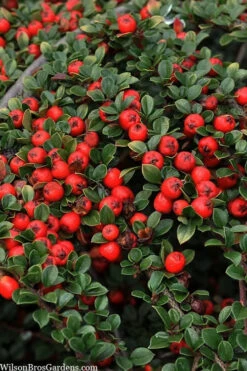

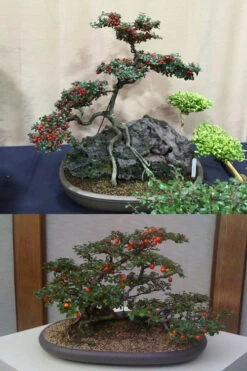


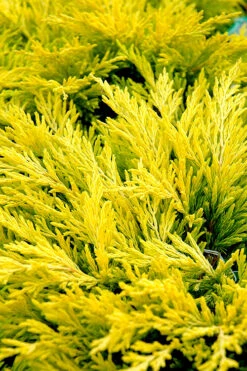
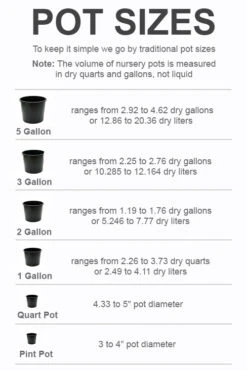

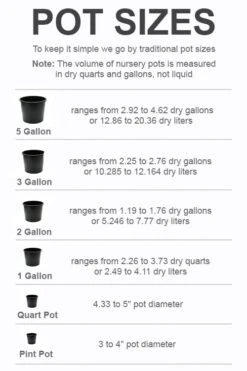


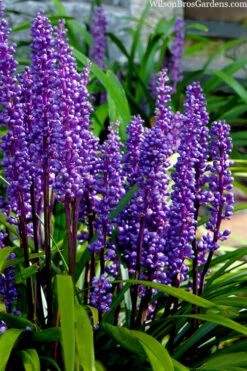
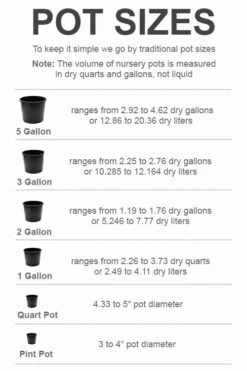
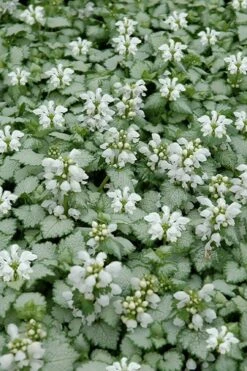
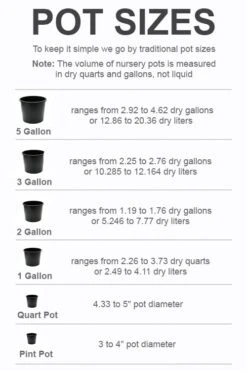


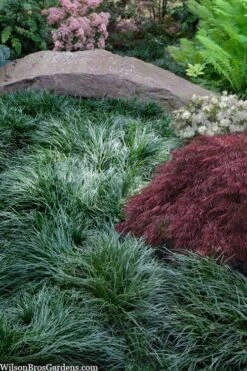
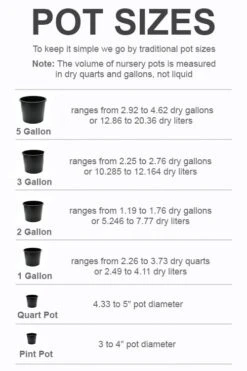

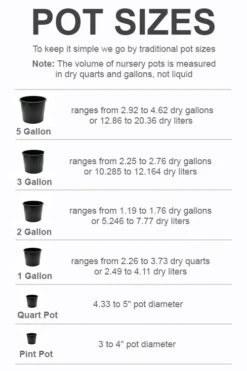
Reviews
There are no reviews yet.